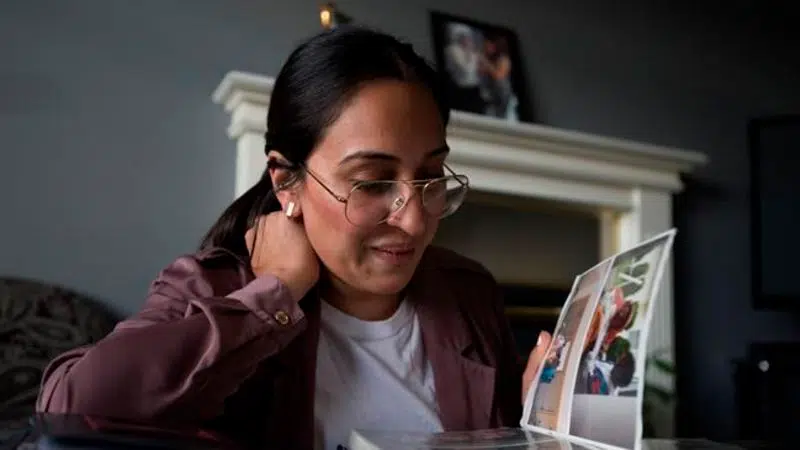
B.C. families left broken and confused when kids’ deaths labelled ‘gang-related’
ABBOTSFORD, B.C. — As Jessica Sherman flips through a photo album documenting the short life of her cousin, Harwin Baringh, she stops at an image of him as a young boy reaching out to the camera. She begins to sob at the sight of him looking so vulnerable, like a baby who wants to be held.
“Whenever I see that picture, it’s like a cry for justice,” Sherman says, sitting on a couch in the home of Baringh’s parents in Abbotsford, B.C. “It just sucks because you’re not able to do anything. Making peace with justice not being served is really difficult.”
Baringh was 18 on Oct. 2, 2014, when Sherman says he took $20 from his grandmother to buy food. Hours later he was found shot dead, slumped over in the driver’s seat of a Jeep. No one has been charged in his death but police have connected it to gang violence.
The young man’s death shattered his close-knit family, who insist to this day he was not a gangster. Some might assume they’re naive or in denial, but experts have questioned whether “gang” is the right term in B.C. and others note that even peripheral involvement can get youth killed. And regardless of its accuracy, the “gangster” label causes pain for families who knew their loved ones as more than just names in a police news release.
